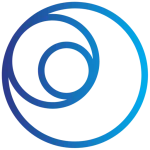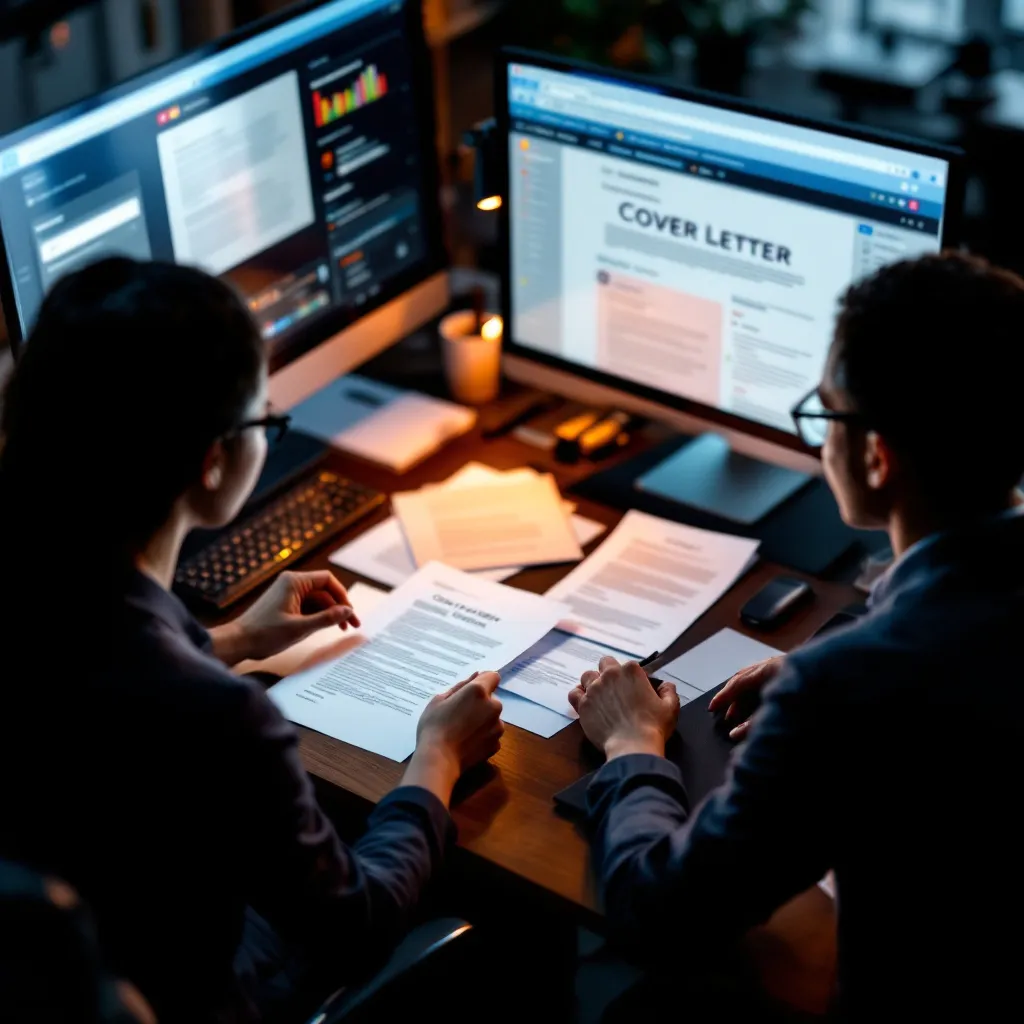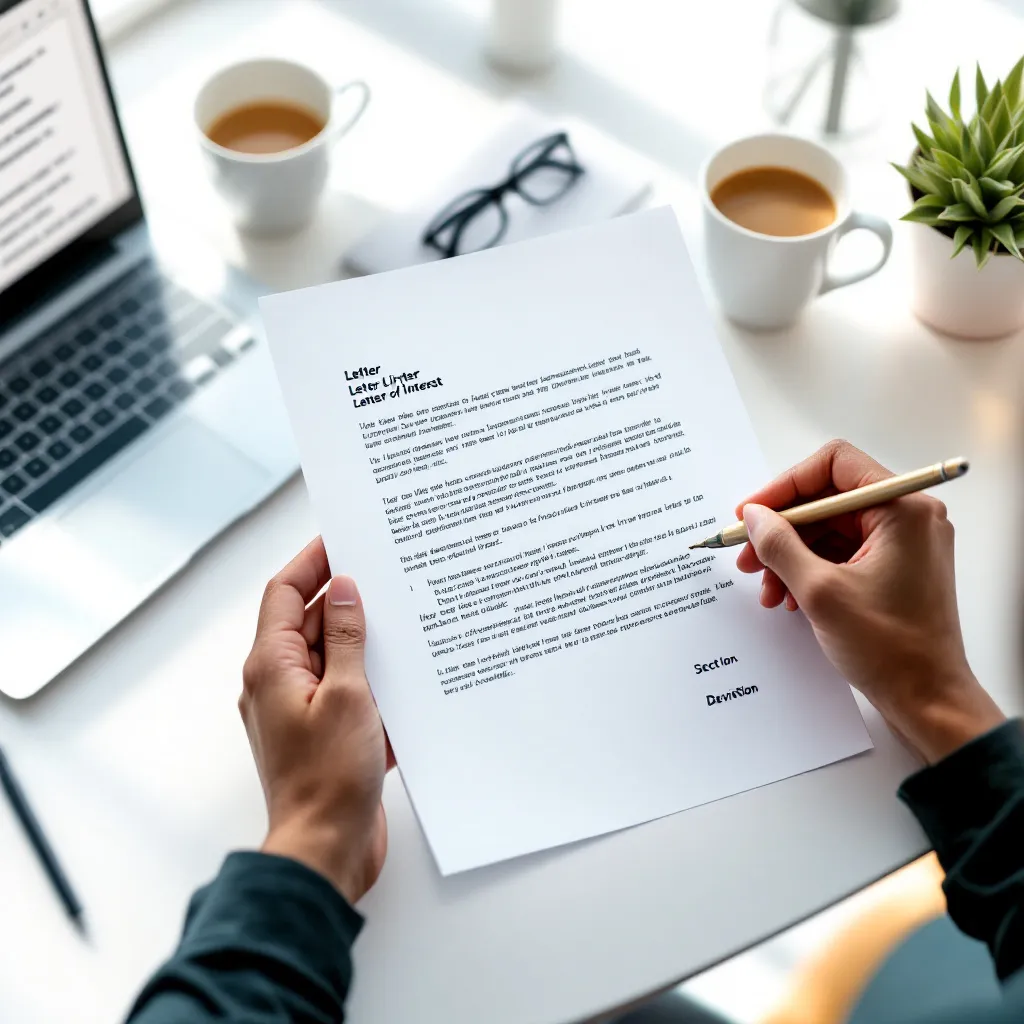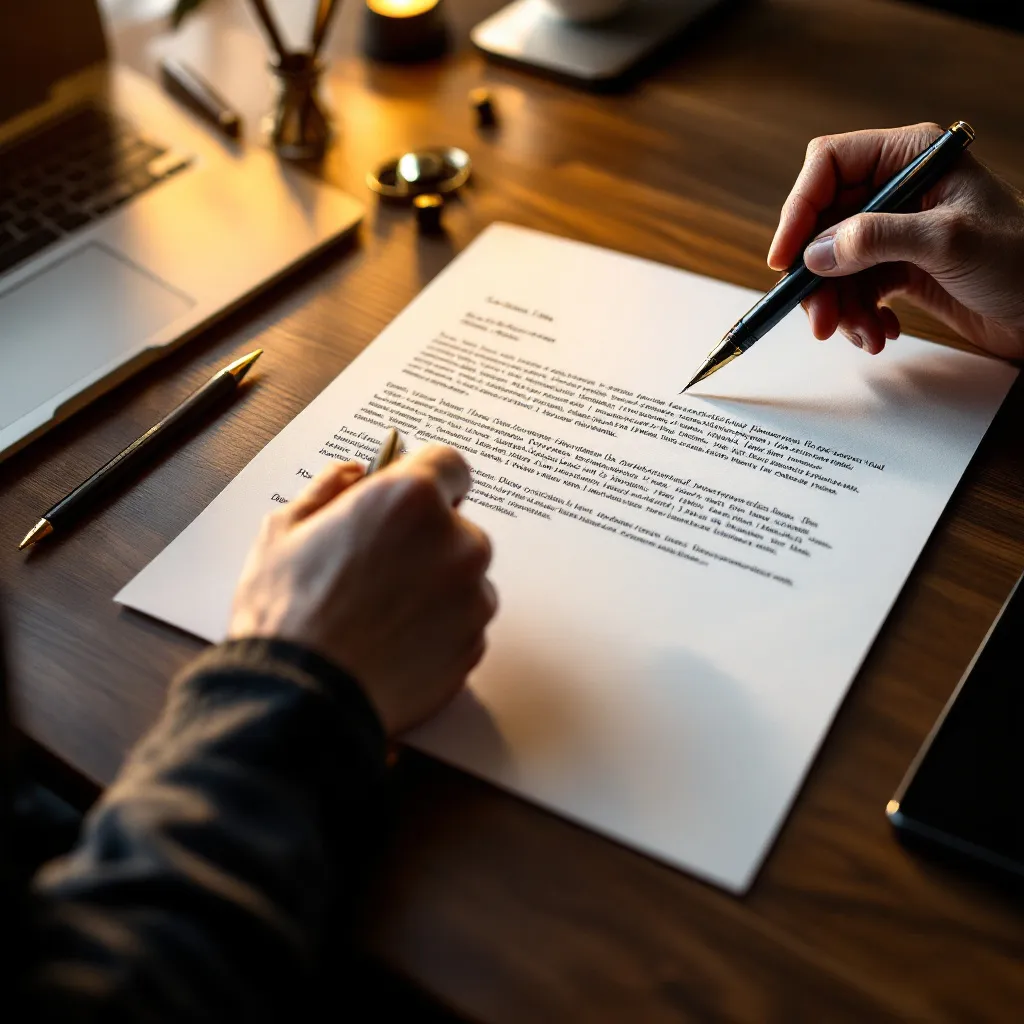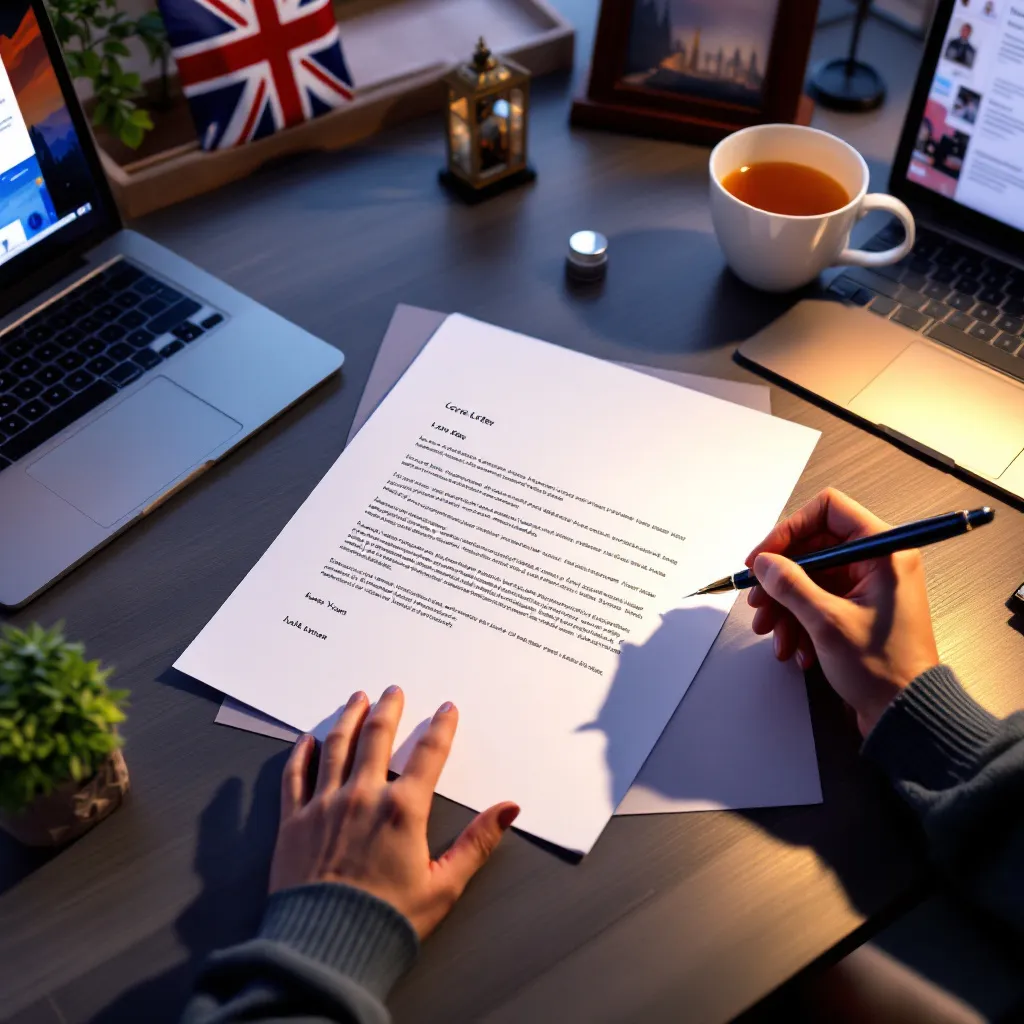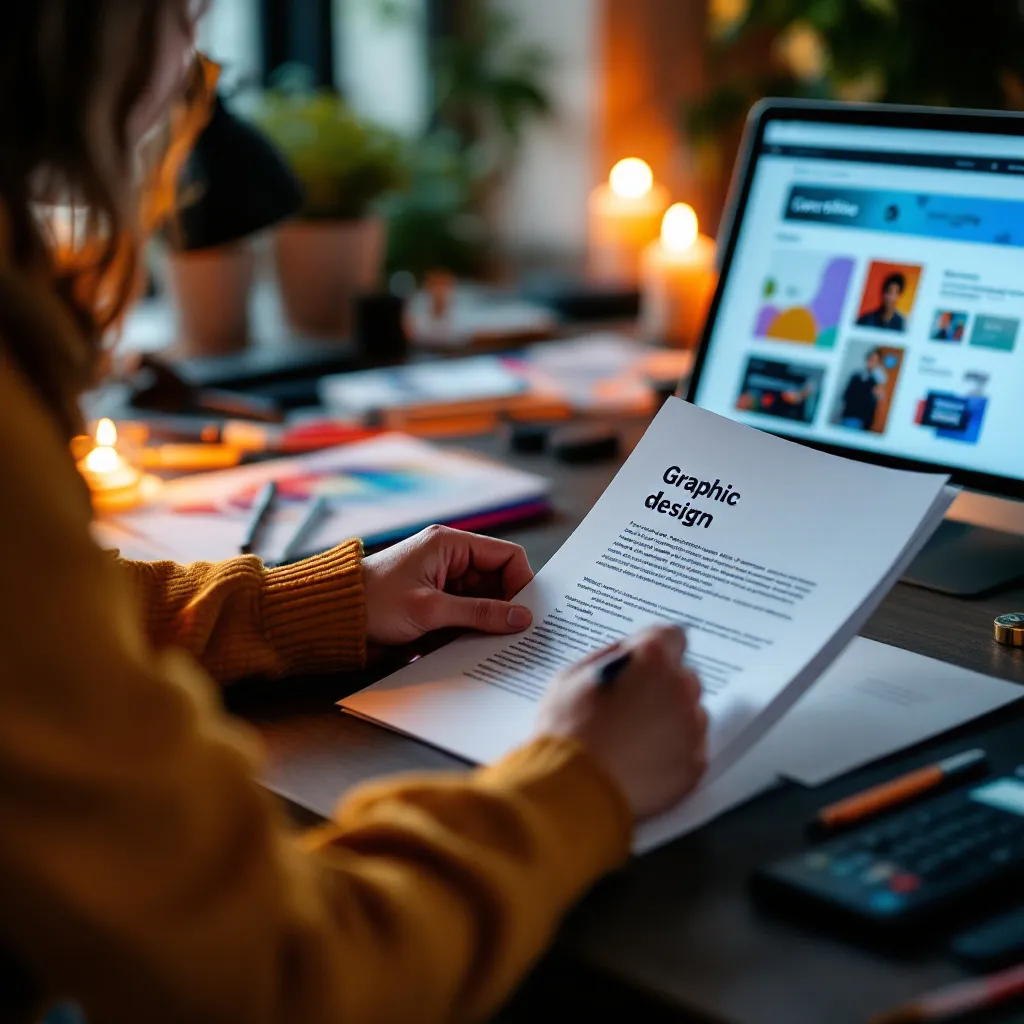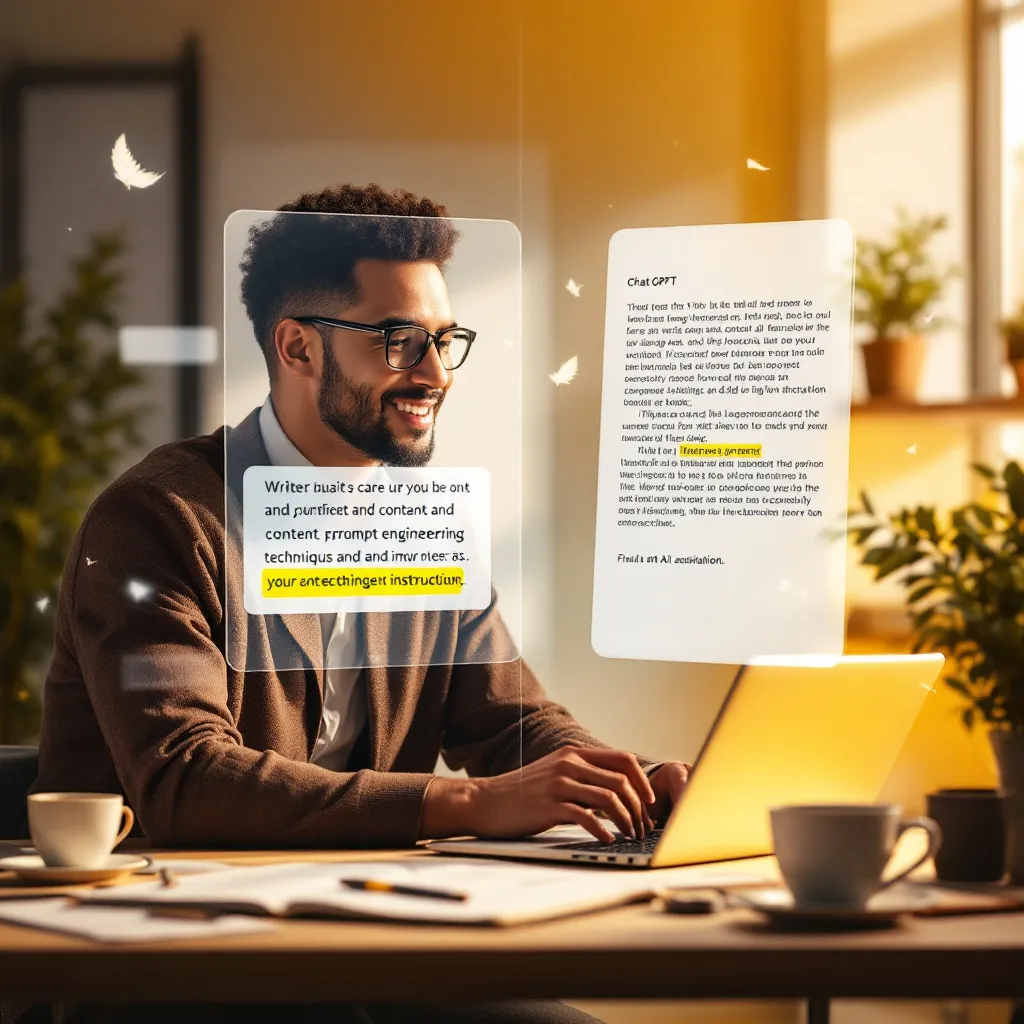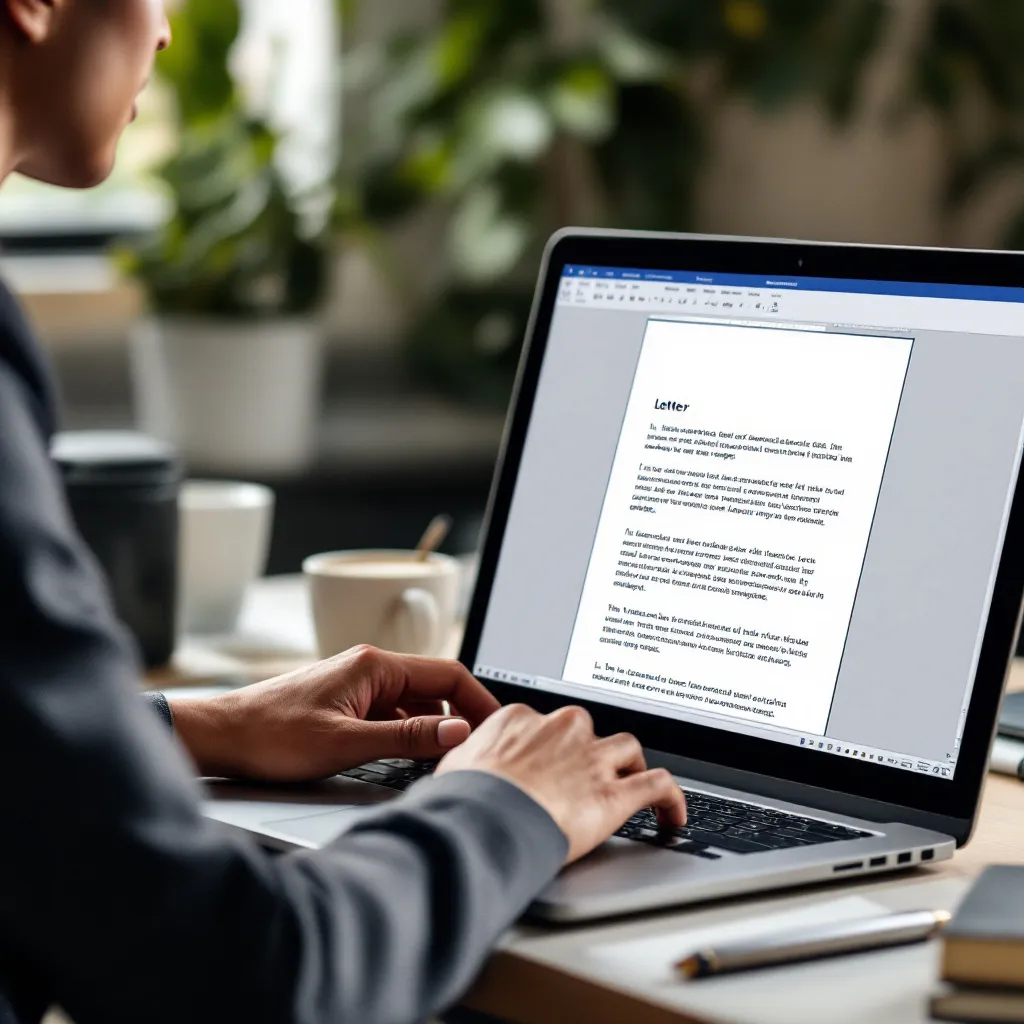The first paragraph of your cover letter isn’t just important—it’s critical. Research shows that recruiters spend a mere 7.4 seconds initially scanning resumes and cover letters before deciding whether to continue reading or discard your application. This tiny window means your opening lines must immediately capture attention and convey your value.
Why Your Cover Letter’s First Paragraph Matters Most
Think of your cover letter introduction as the handshake before the conversation. A weak start signals to employers that the rest may not be worth their time. A compelling opening, however:
- Creates an immediate positive impression
- Demonstrates cultural alignment with the company
- Highlights your most relevant qualifications
- Shows you’ve done your research
- Differentiates you from dozens of generic applications
“Most hiring managers can tell within the first few sentences whether a candidate has put in genuine effort or is simply mass-applying,” says HR expert Tanja M. of ResuFit. “A personalized opening that connects directly to our needs instantly moves an application to the ‘interview’ pile.”
5 Proven Techniques to Start Your Cover Letter
1. Lead with Enthusiasm + Specificity
Generic excitement isn’t enough. The key is demonstrating specific knowledge about the company while expressing genuine interest.
Example:
“When I saw Company X’s 40% revenue growth in sustainable tech last quarter, I knew I had to apply my award-winning supply chain optimization strategies to your team.”
This approach works because it:
- Shows you’ve researched recent company achievements
- Connects your specific skills to their business goals
- Demonstrates initiative and genuine interest
2. Start with a Quantified Achievement
Leading with a measurable accomplishment immediately establishes your value proposition.
Example:
“After increasing SaaS conversion rates by 33% at my previous company through targeted UX improvements, I’m eager to bring the same data-driven approach to optimizing your customer acquisition funnel.”
This technique is especially powerful when using the ai prompts to use when writing a cover letter as it gives the AI concrete metrics to work with rather than generic descriptions.
3. Name-Drop Strategic Connections
If you have a legitimate connection to the company, mentioning it upfront can open doors.
Example:
“Your Director of Engineering, Maria Chen, suggested I reach out regarding your frontend developer position after we collaborated on the citywide hackathon last month.”
This approach:
- Creates immediate credibility through association
- Provides context for your application
- Shows you’re already connected to the company culture
However, avoid fabricating connections or using names without permission. Authenticity matters.
4. Use a News Hook
Referencing recent company news demonstrates your interest and awareness of the organization’s current priorities.
Example:
“Your recent partnership with UNICEF aligns perfectly with my five years developing refugee education programs—including a 12-country initiative that reached 250,000 students.”
This technique works especially well when creating a portfolio cover letter where you can connect company developments to specific projects in your portfolio.
5. Tell a Mini-Story
A brief, relevant anecdote can humanize your application while highlighting your connection to the company.
Example:
“The first time I used your app to split a $387 dinner bill between 8 friends, I knew I wanted to help build payment solutions that turn financial stress into delight. As a financial software engineer with 6 years of experience…”
This approach:
- Creates an emotional connection
- Shows genuine appreciation for their product
- Transitions naturally to your relevant qualifications
Customizing Your Opening for Different Application Scenarios
Different situations call for different approaches. Here’s how to adapt your opening paragraph:
For Career Changers
Focus on transferable skills and draw explicit connections between past experience and new aspirations.
Example:
“My decade managing complex supply chains for manufacturing has equipped me with the exact project management and stakeholder coordination skills your marketing team needs, as outlined in your recent job posting.”
ResuFit’s data shows that career changers who explicitly bridge their past experience to new roles in the opening paragraph receive 40% more interview callbacks.
For Entry-Level Positions
Without extensive work history, focus on academic achievements, internships, or relevant projects.
Example:
“During my marketing internship at ABC Agency, I increased client social media engagement by 27% using techniques I’m excited to bring to your junior content strategist position.”
Using an ai cover letter generator can be especially helpful for entry-level candidates who need assistance highlighting relevant experiences in a professional way.
For High-Stress Industries
Demonstrate resilience and specific industry knowledge immediately.
Example:
“Having managed emergency department triage during the height of the pandemic, I’ve developed the precise crisis management skills your hospital administrator position requires.”
Cultural Considerations for International Applications
When applying internationally, adjust your approach to match cultural expectations:
-
Germany/Netherlands: Lead with technical certifications and data
“As a Certified Lean Six Sigma Master with demonstrated success reducing pharmaceutical QA errors by 41%, I offer your Munich facility immediate process optimization expertise.” -
Japan/South Korea: Emphasize team contributions over individual achievements
“I would be honored to contribute to Honda’s engineering team in maintaining your legendary quality standards, building upon my 8 years of collaborative automotive design experience.”
Free resources like ai letter writer free can help tailor your approach for different markets.
Common Opening Mistakes to Avoid
Even qualified candidates can sabotage their chances with these opening paragraph errors:
❌ Starting with the obvious: “I am writing to apply for the position of…”
✅ Instead: Jump directly into why you’re a great fit.
❌ Using generic statements: “As a hardworking team player…”
✅ Instead: Provide specific evidence of your value.
❌ Focusing on what you want: “I’m excited about this opportunity to grow my skills…”
✅ Instead: Focus on what you can contribute to the employer.
❌ Using humor inappropriately: A funny cover letter can work in creative industries but can backfire in more traditional sectors.
Quick Template: Crafting Your Perfect Opening Paragraph
Use this formula to structure a compelling introduction:
[Dynamic Hook] + [Relevant Achievement] + [Cultural Alignment]
Example:
“When I read about your company’s commitment to reducing healthcare inequalities through AI (Dynamic Hook), I was reminded of how my algorithm improved rural diagnostic accuracy by 48% at my current position (Relevant Achievement). My background in both medical research and software development aligns perfectly with your mission to bridge technology and healthcare accessibility (Cultural Alignment).”
Conclusion: Make Every Word Count
Your cover letter’s opening paragraph is valuable real estate—make it count. By using these techniques and avoiding common pitfalls, you’ll dramatically increase your chances of getting past the initial screening.
For those who want additional help, ResuFit’s ai job application bot can analyze job descriptions and help craft personalized opening paragraphs that align with each company’s specific needs and culture.
Remember, the goal isn’t just to tell employers you’re interested—it’s to show them why they should be interested in you from the very first sentence.
Ready to transform your job applications? Start by rewriting your cover letter’s opening paragraph using these techniques, and watch your response rate climb.
